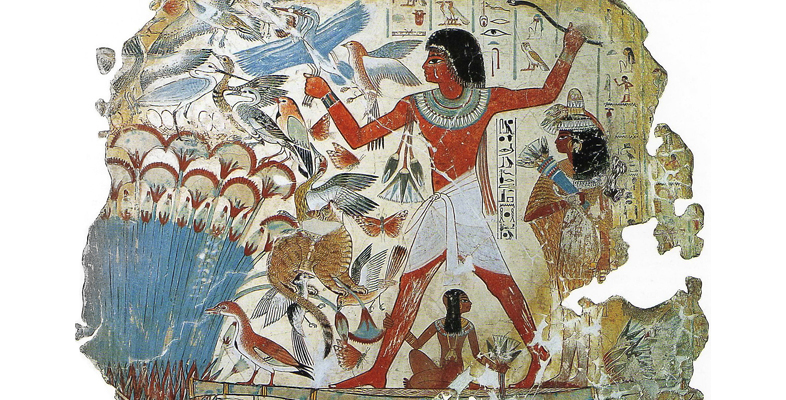6 The skills of the painters
Apart from the sheer technical difficulty of getting the colours and applying them to the wall, another important aspect of these procedures that differentiates Egyptian art from modern easel painting is that the artists worked in teams. Once again there was considerable variation in what happened, but the process was not that of an individual artist, in the modern manner, standing before his easel, taking all the manifold decisions necessary to complete the picture. The numbers involved could vary.
According to Professor Betsy Bryan, who has studied an unfinished tomb-chapel, there could have been gangs of 20–30 people, including apprentices and assistants of various kinds, under the direction of one or more masters. There was also variation in how the work was done: sometimes walls were done one scene at a time, others were worked on in bands. One of the surprising features is that despite the general anonymity of the Egyptian artist, in some cases collateral evidence such as accompanying hieroglyphic texts has allowed Egyptologists to deduce the identity of individual masters, and even families of artists.
Watch these three short video clips in which Richard Parkinson and Paul Wood talk about some of the artist errors in the Nebamun paintings
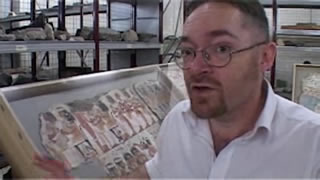
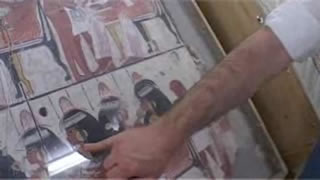
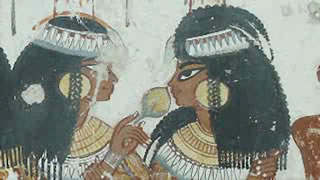
In the case of the Nebamun paintings, a great deal of their effect comes down to the painterly skills of individual artists. Look at the bird’s feathers and the cat’s fur in Figure 24.
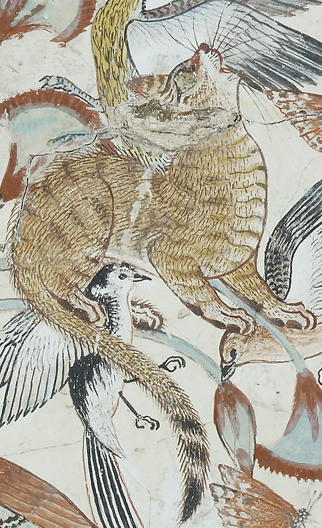
What features of these images would you pick out as contributing to their lifelikeness?
The painting is very informal and ‘improvised’.
You can see how very long single brushstrokes, almost calligraphic in nature, are used to ‘draw’ the bird’s feathers. But then much shorter strokes, laid over a background grey ‘wash’ are used to indicate the bars of plumage.
The texture of the cat’s fur is conveyed by many closely packed short strokes, which are then spaced out to indicate a lighter-coloured chest.
The ‘lifelike’ effect is produced by a mixture of marvellously close observation – really looking at how a cat arches its back, or grips with its paws, or at how a bird flaps its wings – allied to a repertoire of sophisticated painterly techniques for translating those characteristics into a credible two-dimensional image.
On the one hand, then, producing the wall-decoration of a Theban tomb-chapel was a collective process. It has certain points of resemblance to the way a Renaissance mural painting would have been produced by a master’s workshop, but the tasks were perhaps more stratified. If anything, the process was more like an assembly line, with the complex process broken down into an ensemble of simpler tasks.
But on the other hand, within these constraints there was considerable latitude as to how a commission was carried out, and a considerable amount was up to the skill of individuals and the discretion of the master in overall charge of the project. In some of their ‘painterly’ features, often of humble subjects such as the fur of a cat, the wing of a goose, or the hair of a girl, the Nebamun pictures seem to stand at the furthest limit of the expressive powers of ancient art.
